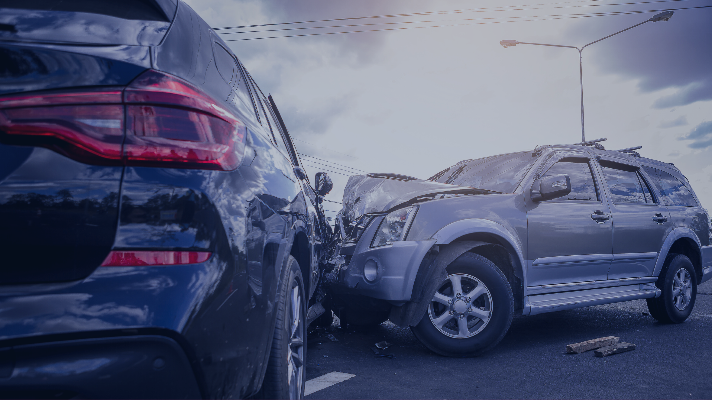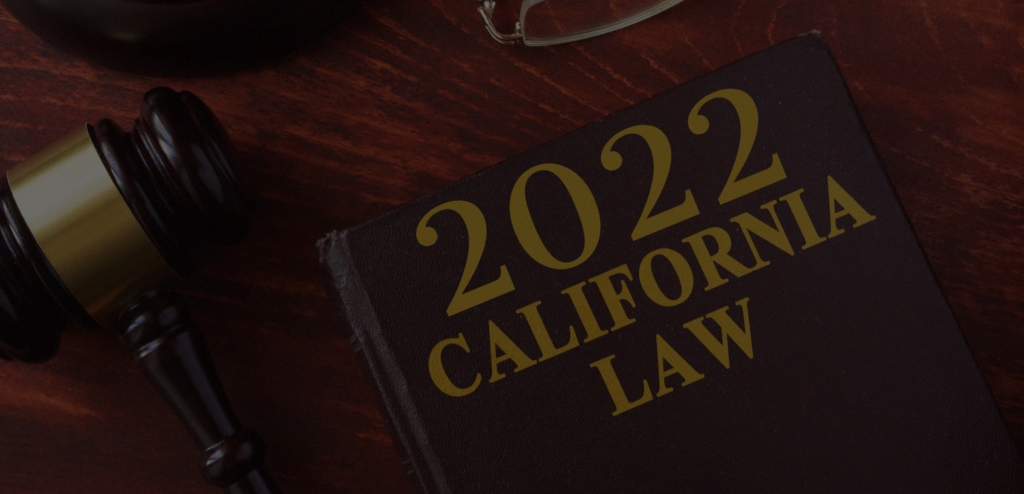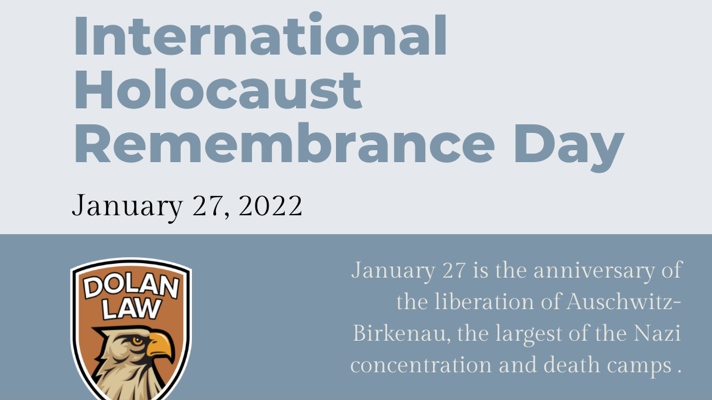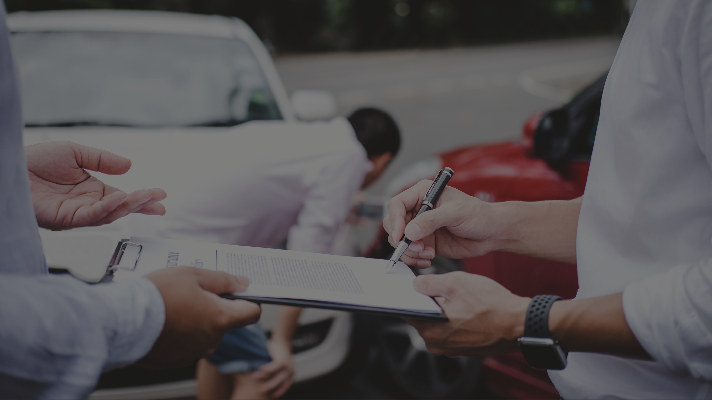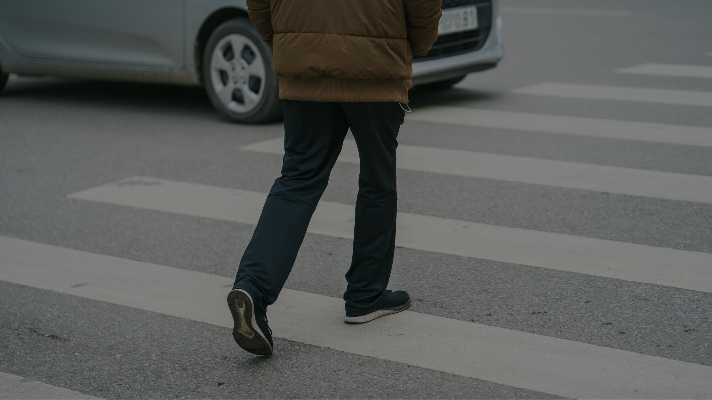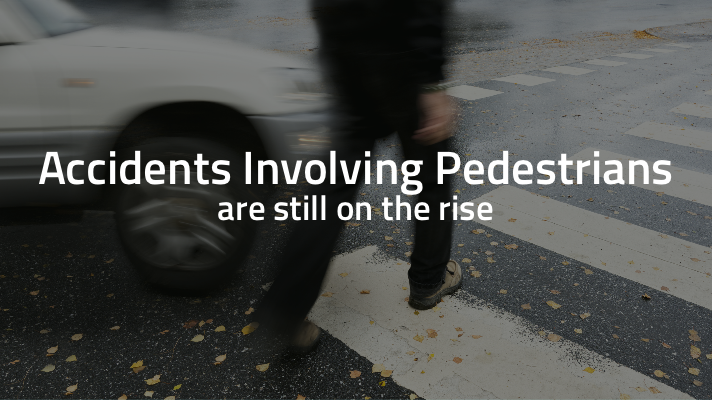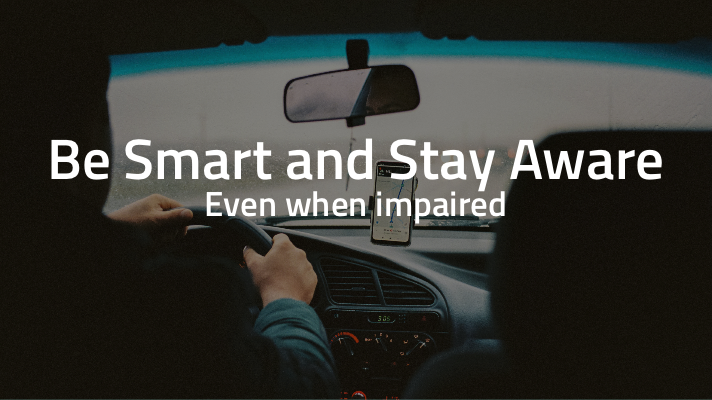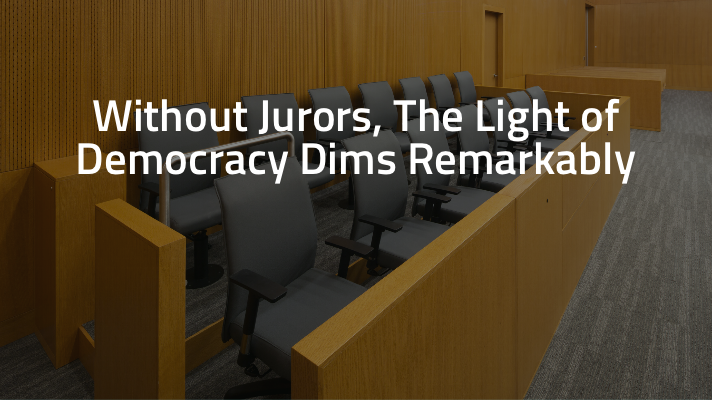What Should I Do If I am Involved in an Accident?
Written By Christopher B. Dolan and Allison Stone This week’s question comes from Remi P. from the Bay Area: During my commute to work I sometimes see people involved in car accidents. I hope it’s never me, but how should I prepare myself if I’m ever involved in a car accident? Thank you for your …
What Should I Do If I am Involved in an Accident? Read More »

